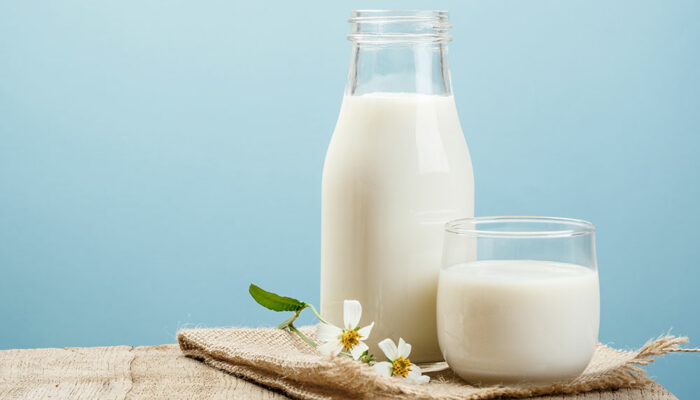
health
6 signs of ulcerative colitis to look out for
Ulcerative colitis is a chronic inflammatory bowel disease (IBD) that causes inflammation and ulcers in the large intestine. Along with the inner lining of the large intestine, it can also affect the rectum and the colon. The symptoms of ulcerative colitis can be discomforting and lead to severe complications if left untreated. Hence, it is crucial to recognize the signs and symptoms of ulcerative colitis for timely diagnosis and management. Abdominal pain and cramping A common sign of this disease is abdominal pain and cramping. It can range from mild to severe and may come and go, but it is often exacerbated during flare-ups. If a person is experiencing pain in their left side, it may indicate left-sided colitis. Diarrhea Another telltale sign of ulcerative colitis is frequent diarrhea. Also, it is usually followed by an urgent inclination to pass stool. This symptom can be distressing and disruptive to daily life. The diarrhea may also be accompanied by mucus and can increase during a flare-up. Blood in stool The presence of blood in stool is a concerning symptom of ulcerative colitis. This symptom can result from inflammation and ulcers in the colon’s lining. Along with blood, pus and mucus can be present in stools.
Read More 








